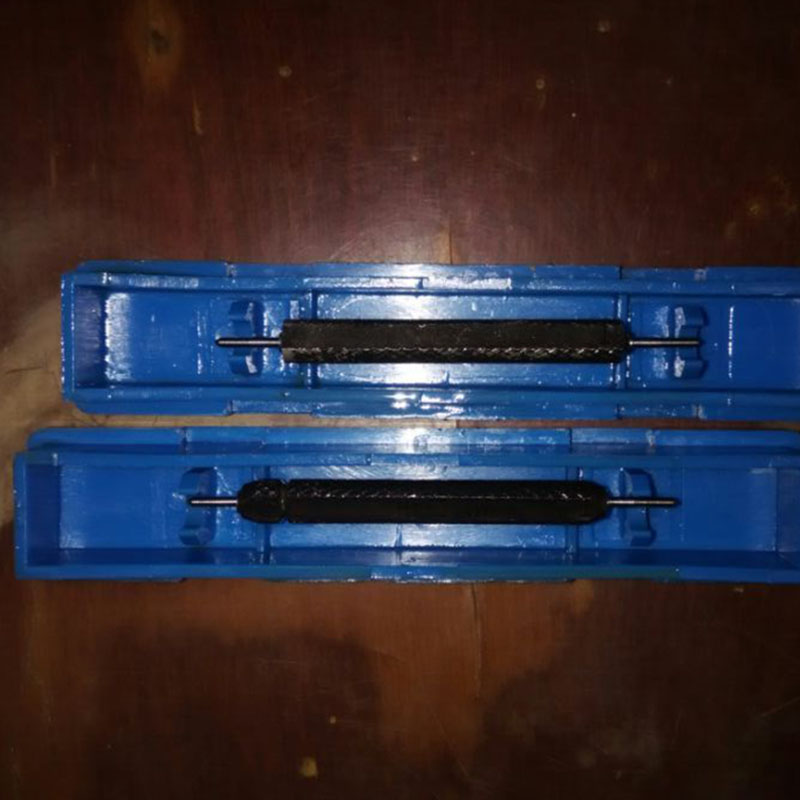Nov . 19, 2024 11:10 Back to list
36 inch gate valve
Understanding the 36-Inch Gate Valve A Crucial Component in Fluid Control Systems
In the realm of fluid control and industrial applications, gate valves play a pivotal role. Among various types of gate valves, the 36-inch gate valve stands out due to its significant size and crucial applications in managing the flow of liquids and gases. This article explores the importance, functionality, and considerations associated with a 36-inch gate valve.
What is a Gate Valve?
A gate valve is a type of valve used to control the flow of a fluid through a pipe. It operates by lifting or lowering a rectangular or round gate-like disc. Unlike ball valves or butterfly valves, gate valves are primarily suited for fully open or fully closed operations, making them ideal for applications where a straight-line flow of fluid and minimum pressure drop are essential.
Features and Construction of the 36-Inch Gate Valve
The 36-inch gate valve is designed for pipelines that require substantial flow capacity, often found in water treatment plants, oil and gas pipelines, and industrial processing systems. Key features include
1. Material Typically, these valves are made from materials such as cast iron, ductile iron, stainless steel, or carbon steel. The choice of material depends on the application, with consideration for factors like corrosion resistance and pressure rating.
2. Design The design of a 36-inch gate valve usually incorporates a wedge configuration, either solid or flexible, which helps create a tight seal against the flow. This design effectively minimizes leakage when the valve is closed.
3. Operation Most gate valves feature either a manual handwheel or an actuator for remote operation. The mechanism allows for smooth transformation between open and closed positions, ensuring reliability during operation.
4. Size and Application Compatibility With a diameter of 36 inches, these valves can handle substantial fluid volumes, making them suitable for high-capacity applications. The size also means they may require specialized installation and handling practices due to their weight and dimensions.
Applications of 36-Inch Gate Valves
The applications for a 36-inch gate valve are vast and varied
36 inch gate valve

- Water Treatment In municipal water systems, gate valves are crucial for controlling water supply, allowing for isolation of sections for maintenance without disrupting the entire system.
- Oil and Gas Industry In pipelines transporting crude oil and natural gas, these large valves are employed to regulate flow and pressure, enabling efficient transportation of vital resources.
- Industrial Processes In manufacturing and processing plants, gate valves facilitate the control of fluids in various applications, contributing to overall system efficiency and safety.
- Fire Protection Systems Large gate valves are integral to firefighting infrastructure, allowing for the rapid control and distribution of water in emergency situations.
Considerations When Selecting a 36-Inch Gate Valve
When choosing a 36-inch gate valve, several factors should be taken into account
1. Pressure and Temperature Ratings Ensure that the valve can withstand the operating conditions specific to the intended application. Every fluid application has defined pressure and temperature limits.
2. Flow Characteristics Consider whether the application requires linear flow characteristics or if turbulent flow might pose issues.
3. Maintenance Needs Some gate valves might require more frequent maintenance, especially those used in corrosive pipelines. The ease of access for maintenance should also be a consideration.
4. Certifications and Standards Check for industry-specific certifications that ensure the valve meets necessary standards for safety and performance.
Conclusion
The 36-inch gate valve plays a vital role in various industries, offering reliability and efficiency in fluid control. Understanding its features, applications, and considerations for selection is essential for engineers, technicians, and decision-makers involved in fluid management systems. By selecting the appropriate valve for specific needs, organizations can enhance their operational efficiency and maintain the integrity of their systems.
-
thread-plug-gauge-our-promise-of-measurement-excellenceNewsAug.22,2025
-
gauge-pin-class-reflecting-quality-legacyNewsAug.22,2025
-
check-valve-types-for-high-rise-buildingsNewsAug.22,2025
-
water-control-valve-for-irrigation-systemsNewsAug.22,2025
-
gate-valve-with-soft-seal-technologyNewsAug.22,2025
-
y-type-strainer-for-oil-and-gas-applicationsNewsAug.22,2025
Related PRODUCTS









